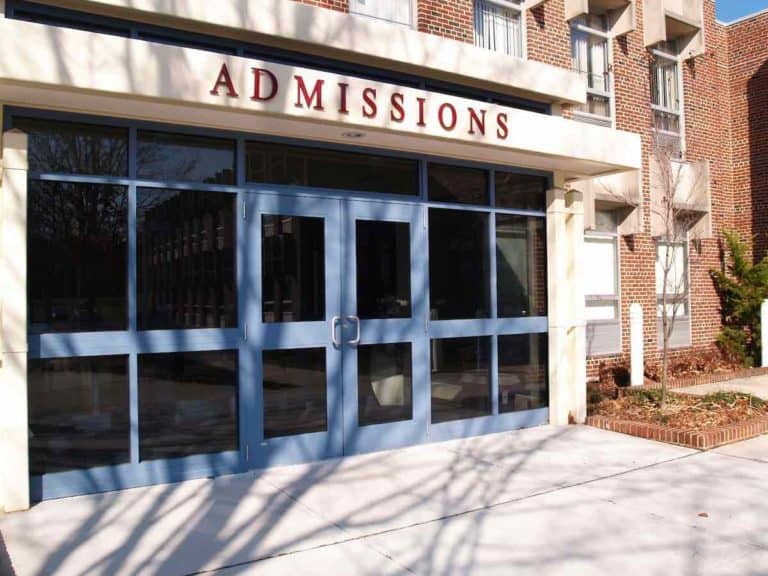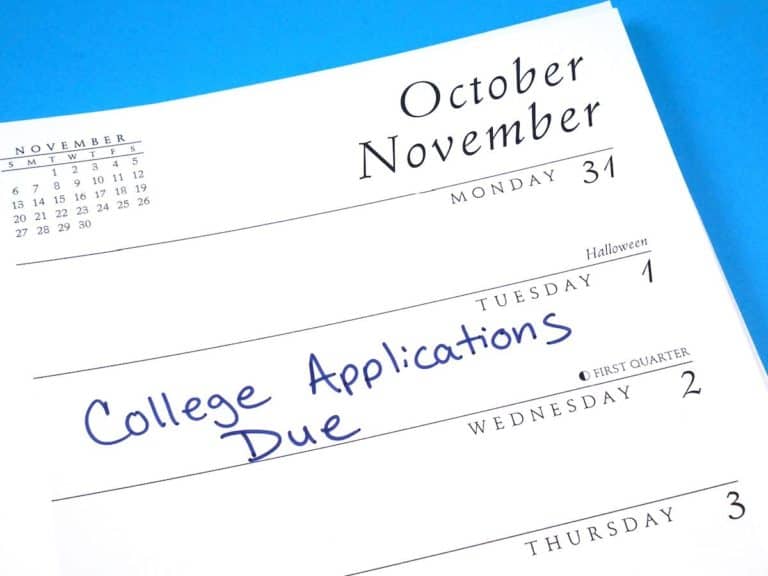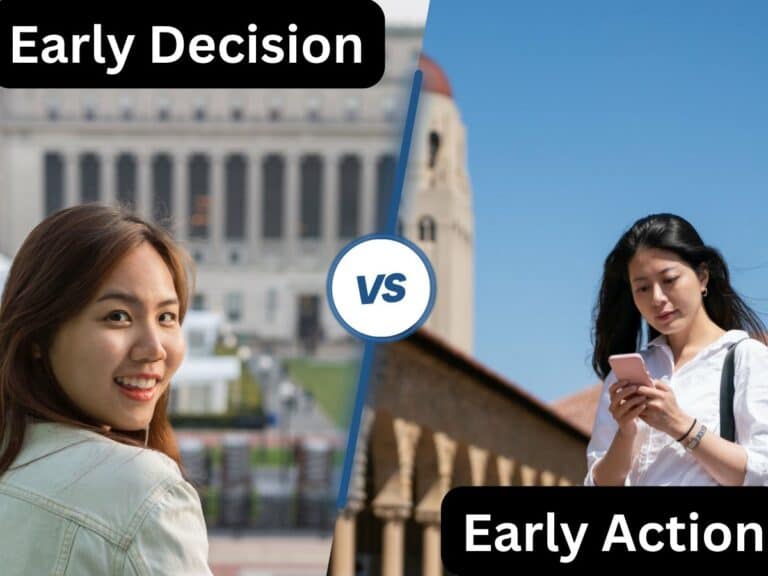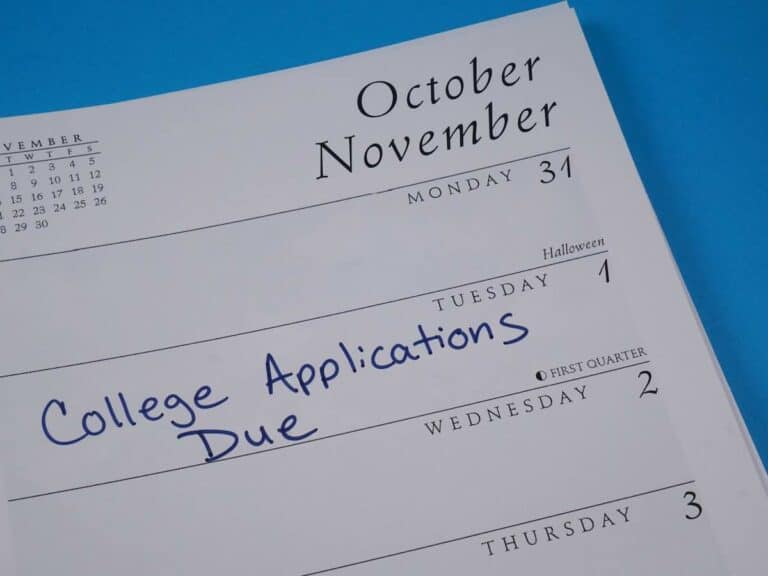How to Apply for College as a Foreign Student
Around 4.6% of the almost 20 million college students in the US are international students.
For many decades now, the US has been the leading destination for foreign students who would like to pursue a college degree — as a matter of fact, US News ranks the country #1 in Study Abroad Rankings, which is followed by the UK, France, Italy, Spain and Japan.
Below is what you need to know about applying to American higher education institutions.
A list of the top foreign student-friendly colleges in the US will also be given below.
Applying as an International Student vs. as a Domestic Student
When applying to American colleges and universities, foreign students usually have to submit more documentation than domestic students, such as a student visa and proof of English language proficiency.
While some schools have the same application deadlines for both international and domestic applicants, some have much earlier deadlines for foreigners.
Research and careful planning are some of the most important steps global students who would like to work on an undergraduate degree at institutions in the US must take.
It’s because they have slightly different application process and requirements than domestic applicants.
Since students from outside the US have simply more steps to take and things to submit, in many instances, the entire college application process, ranging from the acquisition of a student visa to moving to an on-campus residence, may have to be carried out up to 10 months before the term in which they would like to enter an American college starts.
Steps College-Bound International Students Should Take
Research SEVP-approved colleges
Students from other counties must have a student visa to study in the US.
It’s not enough, however, that they have the said requirement — it’s also a must for international students to attend colleges and universities that are approved by the Student and Exchange Visitor Program (SEVP), which is a program of the Department of Homeland Security (DHS) that administers the Student and Exchange Visitor Information System (SEVIS).
According to the school search tool provided by the Department of Homeland Security, there are more than 6,300 SEVP-approved American institutions of higher education that foreign students with a student visa may apply to.
Other than looking into whether or not schools are accepted by the SEVP, students from outside the country must also check out the academic programs of those that they would like to add to their college list.
Needless to say, they should also consider numerous factors, from location, campus culture to housing options, just like domestic students do.
Later, you will come across a short list of the top international student-friendly colleges.
Determine standardized tests to take
It’s no secret that many US colleges and universities have a test-optional policy that allows applicants to decide whether or not to include their SAT or ACT scores in their applications.
Test-optional postsecondary institutions that do not require aspirants to report their standardized test scores usually also do not require international applicants to submit theirs.
Still, it pays for any applicant from outside the US to carefully check.
A college with a test-optional policy may require applying students, international and domestic alike, to submit their SAT or ACT scores as an eligibility requirement for competitive programs or when applying to certain merit-based scholarship programs.
Some schools that require test scores, meanwhile, may ask internationals to submit scores in certain subject tests only.
But then there are also those that are test-optional for domestic applicants but not for foreign applicants, and Bucknell University, which is ranked #37 in National Liberal Arts Colleges by US News, is an example.
Applicants from outside the US whose native language isn’t English and/or whose high school doesn’t use English as the primary language of instruction are required to take any of the following standardized tests:
- Test of English as a Foreign Language (TOEFL)
- International English Language Testing System (IELTS)
- Duolingo English Test (DET)
Get transcripts evaluated
Usually, colleges and universities in the US ask international applicants to submit an evaluation of their transcript to determine whether or not they have taken high school classes in their countries that are equivalent to required college prep courses.
Or, in the case of international transfer applicants, college courses that are equivalent to American ones for credit.
Third-party international credential evaluation agencies are the ones that take care of the job, and some of the most reliable ones include those that are members of recognized associations such as the following:
- American Evaluation Association (AEA)
- Association of International Credential Evaluators, Inc. (AICE)
- Educational Credential Evaluators (ECE)
- National Association of Credential Evaluation Services (NACES)
- World Education Services (WES)
On average, transcript evaluation takes anywhere from 3 to 4 weeks to complete.
Transcripts with fewer pages may take around 1 week only to be processed by reliable credential evaluators.
Some, on the other hand, can evaluate transcripts in just a few days, of course with a higher asking price — transcript evaluation can cost international students around $130 to $250, usually excluding shipping costs.
Fill out the application form and FAFSA
Like domestic applicants, international applicants apply to American colleges via the Common App or Coalition App, although some colleges may have a separate platform for aspirants from outside the US.
While filling out the Common App or Coalition App, foreign students will have an idea of the various requirements that they will have to submit, such as recommendation letters and college and supplemental essays.
Besides the documents talked about earlier in this post, the submission of other requirements is also a must for the evaluation of the application.
International students are not usually eligible to apply for federal aid.
However, it doesn’t necessarily mean that they should not fill out the FAFSA form — international applicants who would like to apply for institutional aid, too, are commonly required by colleges and universities in the US to complete the FAFSA as they use the provided details in determining eligibility for institutional scholarships and grants.
In some instances, other than the FAFSA form, applicants from outside the US are also required to create a CSS Profile, which is a platform used by almost 400 colleges for awarding non-federal financial aid.
Top International Student-Friendly Colleges
Boston University
BU takes pride in the fact that more than 7,000 of the over 30,000 enrollees are international students representing almost 100 countries.
The private research university adds that it’s the 3rd most popular American institution for foreign students. Among the over 300 majors around, some of the most popular are business, communication and economics.
Harvard University
One of the most selective postsecondary institutions in the US is Harvard — it has a 4% acceptance rate.
Last year, the Ivy League’s acceptance rate for international students was 12.2%. Having similar admissions and financial aid processes for both domestic and global students, 12% of its population consists of internationals.
Massachusetts Institute of Technology
While it’s true that international students make up only 10% of its entire population, MIT provides an exceptional environment for research and education to all attendees, including those from other countries.
The private institution adds that it’s committed to meeting 100% of the demonstrated financial need of international students as domestic ones.
New York University
Its 230-acre urban campus is home to more than 170 buildings and over 21,000 international students and scholars from over 120 different countries, says NYU itself.
The elite institution has the International Student Support Initiative (ISSI), which assists international students in exploring academic programs, discovering clubs and others.
Stanford University
According to Stanford itself, foreign students (making up 11% of its enrollment) are an important part of its community, their presence adding to the rich tapestry of the prestigious school, which is considered a Hidden Ivy.
Computer science, engineering, biology, economics, mathematics and political science are some of Stanford’s most popular majors.
The New School
Located in New York City, New York, the New School has a student body consisting of up to 30% international students coming from 116 countries, including those who have never been to the US.
It offers 45 majors, some of the most popular of which include psychology, interior design, illustration and fashion and apparel design.
University of Rochester
With an acceptance rate of 41%, Rochester, which considers itself a global institution, has a total population of 12,039, around 25% of which are international students from more than 30 countries.
It’s ranked #36 in National Universities by US News, which also highly ranks many of the private research university’s undergraduate engineering programs.
Applying to an American College as a Foreign Student
International students apply to colleges and universities in the US pretty much just like domestic students in that they usually have to fill out the same forms, such as the Common App or Coalition App and the FAFSA. However, they usually need to provide additional documents and, in some instances, meet deadlines that are different from domestic applicants.
Can high school students outside the US take AP exams?
High schoolers from various parts of the globe may sit for AP exams to receive credits at an American college. The AP program is recognized globally, so much so that, according to the College Board itself, it can be used in the admissions process at postsecondary institutions in more than 60 countries.
Is the cost of college more expensive for foreign college students studying in the US?
Almost always, international students attending American higher education institutions pay significantly more in tuition and fees than domestic students. However, it will also depend on the school being attended as well as the program a foreign student is enrolled in.
Disclaimer: The views and opinions expressed in this article are those of the authors and do not necessarily represent those of the College Reality Check.






